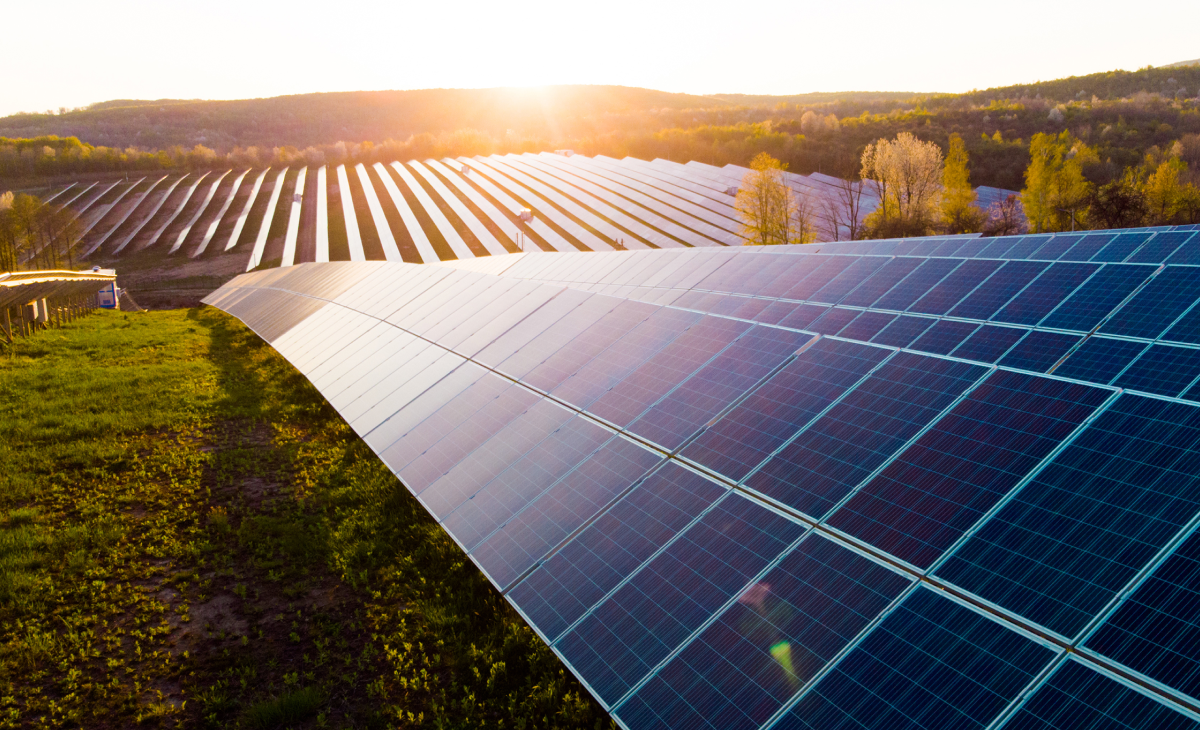Solar for the win

It’s all about to tip.
That’s according to a slew of scientists who predict that greenhouse gas (GHG) emissions from the power sector, the biggest source of the planet’s emissions, are expected to fall for the first time in 2023.
To be clear, this is a GOOD tipping point. We’re inundated with evidence of bad tipping points like glacier melt, global temperatures, and deforestation of the Amazon.
Not to mention other tipping points that are merely just regrettable, like the craze for LuLaRoe Leggings.
This will be the first year where clean energy begins to replace fossil fuels. And that’s good news.
What’s a tipping point?
The Oxford Dictionary defines “tipping point” as the point at which a series of small changes or incidents becomes significant enough to cause a larger, more important change.
Malcolm Gladwell wrote the book on tipping points. He defined it as “the moment of critical mass, the threshold, the boiling point” when trends in business, marketing, and human behavior catch fire and spread like gangbusters.
Another way of looking at it is the point at which a new solution (like solar panels) crosses a threshold of affordability, attractiveness, or accessibility, skipping along on its path to mass adoption.
When solar tipped
History shows that a tipping point for a disruptive technology can come even before it hits five percent of market share.
Solar is already way past that, and quarterly global solar installations have grown 50% each year for the past three years.
But it took some time to get there.
Solar panel technology has been around for about 60 years, but it’s only in the last decade or so that they’ve really taken off in widespread adoption.
A number of factors contributed to this tipping point. Affordability, for one.
The cost of solar power dropped by more than 80 percent over the past decade thanks to the combined forces of technology innovation, learning-by-doing, and scaling.
In 2010, a megawatt hour of electricity fueled by solar panels cost about $378 to generate. By 2019, that cost had tumbled down to just $68 – cheaper than nuclear and coal.
Then there are external factors like the drop in costs of solar’s required components or private- and government-funded research. The 2022 Inflation Reduction Act, with its raft of subsidies and incentives for home energy projects, is another major catalyst.
The fossilization of Big Oil
Once that tipping point is reached, the momentum is with the new technology. But tipping points don’t come easy. They’re reached after a lot of resistance, including all those early high costs and low efficiencies.
But resistance comes from the old school, too. And nobody hates the clean energy competition as much as Big Oil.
They’ve worked to block renewable energy projects across the country, through lobbying groups for one. They’ve also hired their own scientists to mislead the public about climate change.
They do it in hiding too, by backing so-called local opposition groups that look grassroots until you track down their funding.
Hardly a fair fight
They have a lot to be scared of. Fossil fuels, restricted by region, supply, geopolitics, and contractual forces, don’t stand a chance against the unlimited, renewable energy of solar.
In fact, solar energy is now cheaper than coal and gas. The share of renewable energy that achieved lower costs than the most competitive fossil fuels doubled in 2020.
Once renewable energy is cheaper than oil and gas, the race can pretty much be called.
And with our solar-ready homes, we’re backing the winner.
Cheers,
Mike
Mike McAllister is head of story for Momo Homes.
Track the global transition to sustainable homebuilding.
Subscribe to the Momo Focus newsletter.






